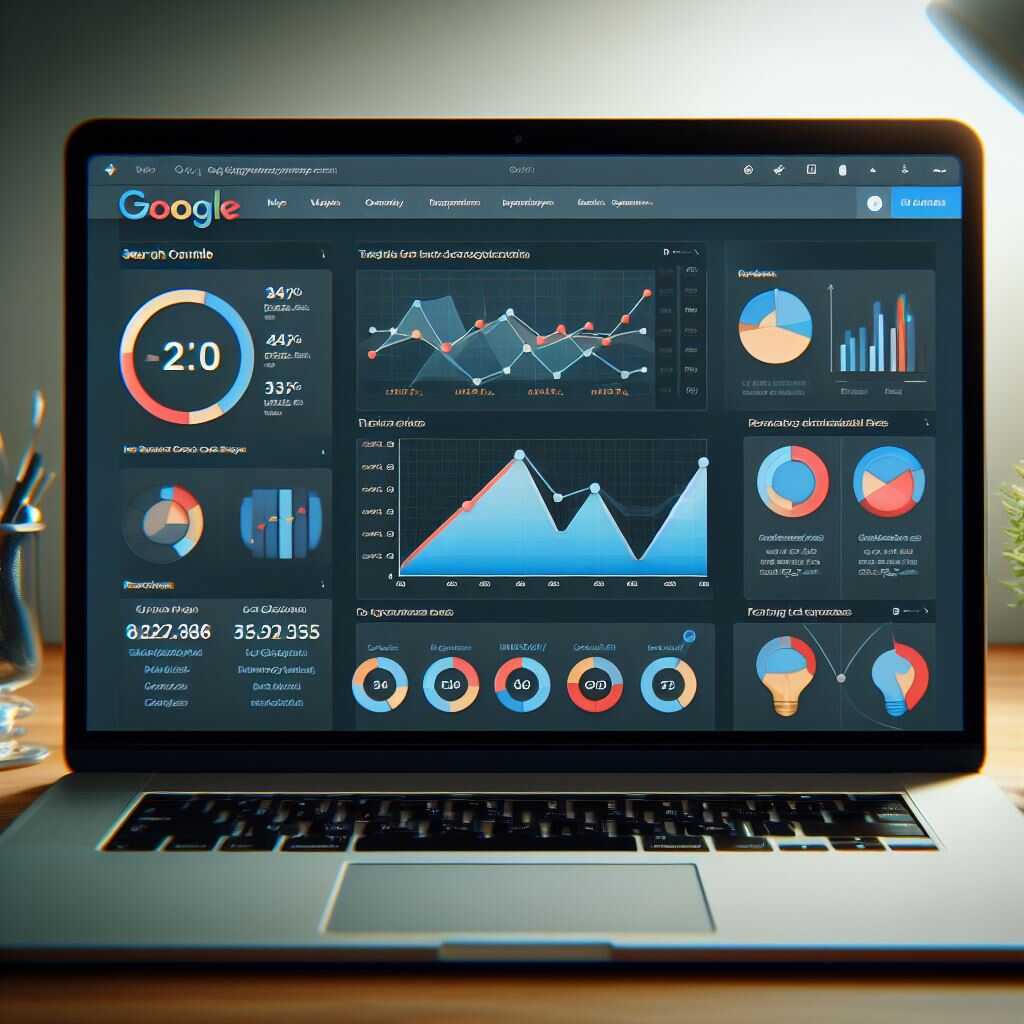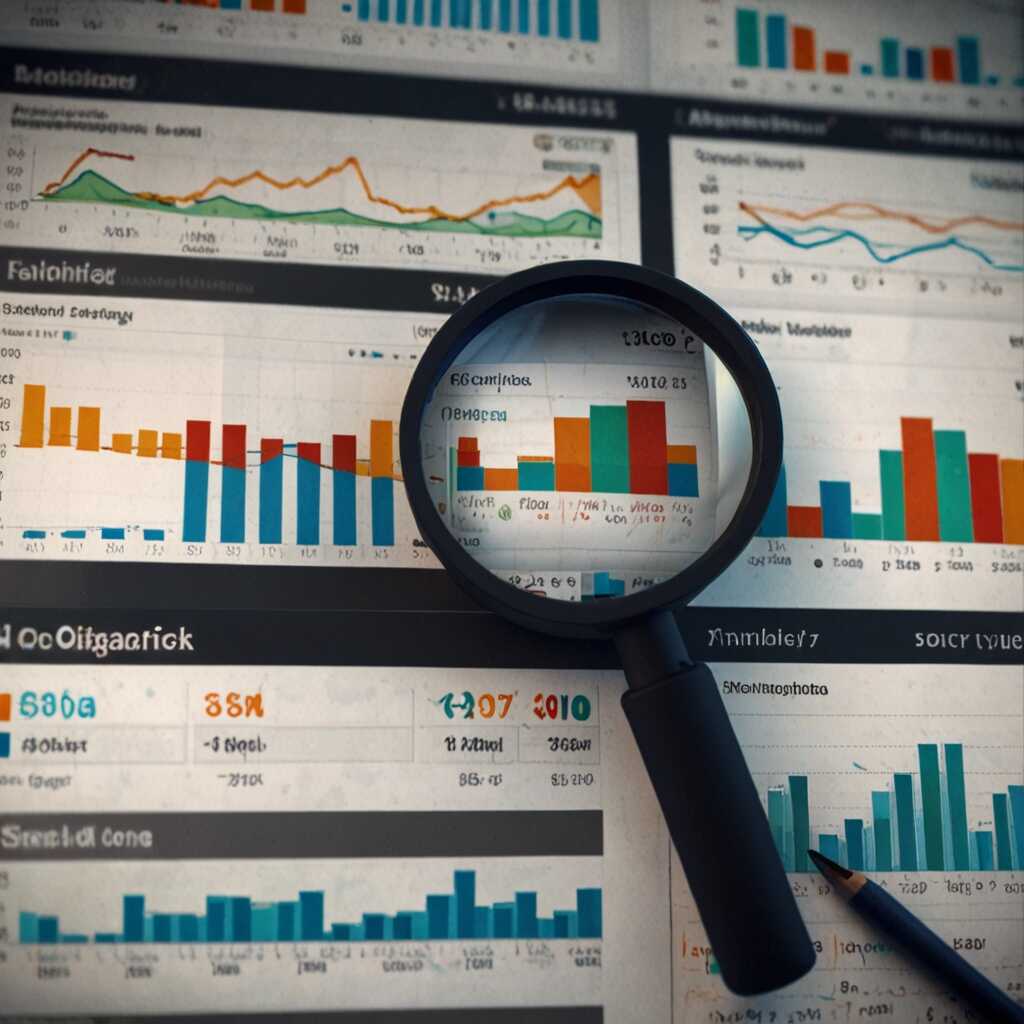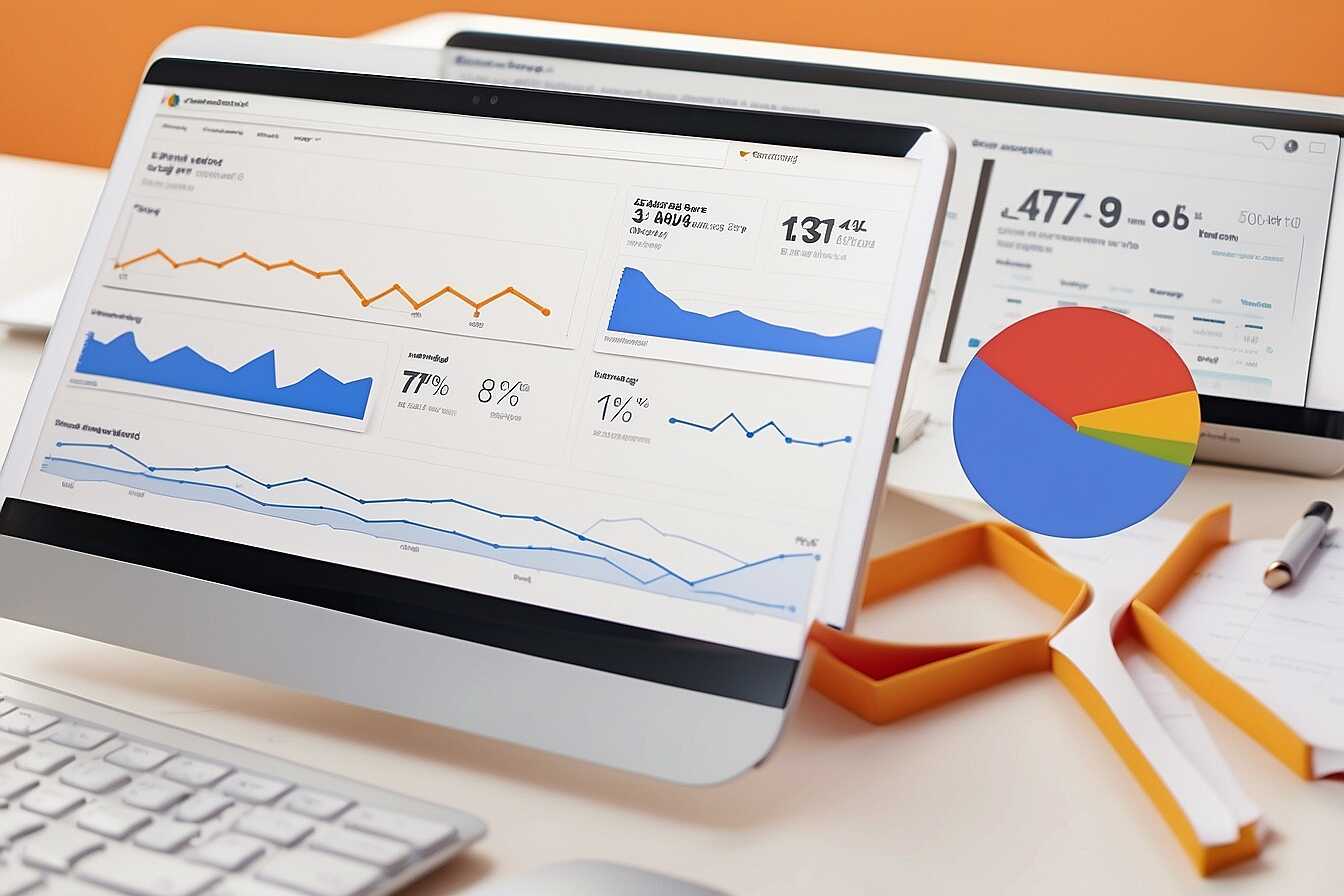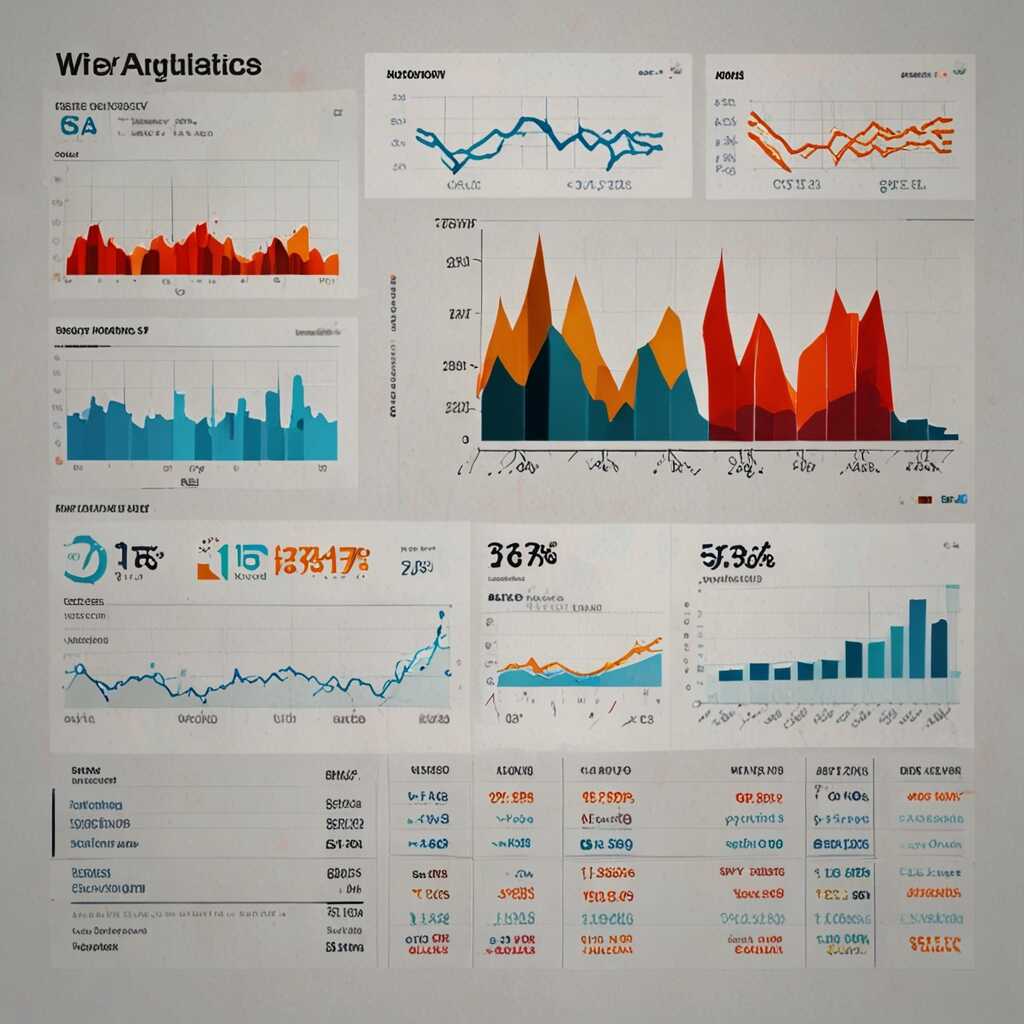Enhancing crawling and indexing by optimizing your internal linking structure is crucial for effective SEO performance. This practice helps search engines navigate your site more efficiently, which can significantly improve your visibility in search results. At Metrics Rule, we believe that a solid internal linking strategy not only supports better indexing but also enhances user experience, ultimately driving more organic traffic to your site. In this article, we’ll explore actionable strategies to refine your internal linking that can make a tangible difference for SEO professionals and digital marketers alike.
The Role of Internal Linking in SEO Success
Internal linking plays a vital role in SEO success. It enhances website navigation and helps search engines better understand site structure. A strong internal linking structure can improve search engine visibility significantly by ensuring that every page is easily accessible. Different content types, such as blog posts, product pages, and landing pages, can each influence internal linking strategies. By using a well-designed internal linking strategy, your website can achieve a reliable flow of link equity and improved indexing efficiency, helping to drive organic traffic effectively.
Impact of Content Types on Internal Linking
The type of content on a website significantly influences its internal linking strategy. For instance, blog posts can link to relevant service pages, enhancing user experience and keeping visitors engaged. Product pages should include links to related items or categories to boost sales and improve conversion rates. E-commerce sites, in particular, benefit from an internal linking approach designed to create clear paths for users, ensuring they can navigate easily. By optimizing these links, you can enhance SEO performance and help search engines like Google and Bing crawl and index your pages more efficiently, potentially increasing organic traffic by 20% or more.
Understanding How Search Engines Crawl and Index Websites
Search engines like Google and Bing use specific processes to crawl and index websites. Crawling begins when a search engine sends bots, or spiders, to analyze web pages. These bots follow links to discover new content and revisit existing pages. Internal linking structure plays a crucial role here, ensuring that bots easily navigate your site. Indexing occurs next, where the information gathered during crawling is organized in an index. A well-structured internal linking strategy enhances this process, helping search engines understand the importance and relation of your content.
Improving Crawling Efficiency Through Internal Links
To improve crawling efficiency, focus on your website architecture and internal linking structure. Internal links direct search engine bots to your most important pages and help distribute page authority effectively. This design ensures that your key content is indexed quickly. Monitor the crawl frequency by using tools like Google Search Console to identify how often search engines revisit your site. An optimized internal linking strategy can enhance your site’s visibility and overall SEO performance while providing bots with the essential paths they need to take.

Proven Best Practices for Crafting Internal Links
To enhance your internal linking structure, key strategies include choosing relevant anchor text, strategic link placement, and ensuring contextual relevance. Using descriptive and keyword-rich anchor text helps search engines understand the content linked to, boosting your SEO performance. Placing links within the main body of your content rather than in footers or sidebars increases visibility and enhances user engagement. A good practice is to use exact match anchor text for about 15-20% of your internal links, providing a balance that looks natural to both search engines and users.
Effective Techniques for Contextual Relevance in Internal Links
To ensure your internal links are contextually relevant, analyze the relationships between your content pieces. Create links that make sense within the narrative of your articles. For example, if a blog post discusses SEO strategies, link it to related articles about keyword research and on-page SEO techniques. This not only provides practical value to readers but also improves your site’s structure, enabling efficient crawling and indexing by search engines. Utilizing relevant categories and tags further enhances the contextual links, which can lead to improved user retention and engagement rates, essential for a successful e-commerce site.
Key Statistics for Internal Linking Best Practices
- Over 80% of websites have ineffective internal linking structures.
- Effective linking can boost page authority by up to 50%.
- Approximately 40% of users abandon sites with poor navigation.
- Search engines index around 90% of links they find on a page.
- Sites with optimized internal links can reduce bounce rates by 20%.
- Adding links in the main content area increases clicks by 25%.
- A study shows that effective internal links can double organic traffic.

Avoiding Common Pitfalls in Internal Linking Strategies
Avoiding common pitfalls in internal linking is essential for enhancing your website’s SEO performance. One typical mistake is overloading a page with too many internal links, which can confuse both users and search engines. You should aim for a well-structured internal linking approach that enhances your website’s efficiency and usability. It is vital to ensure that links are relevant and lead to high-quality pages. Users often appreciate additional resources, but links should be purposeful and not merely for the sake of filling space. Improper internal linking can severely affect website performance, especially for e-commerce sites, blogs, and service pages. For instance, broken links can lead to lost sales conversions, while poorly optimized internal links may result in inefficient crawling and indexing.
Understanding the Ideal Internal Link Count for Web Pages
The ideal number of internal links per page varies depending on the website’s size and focus. However, a good rule of thumb is to include between 5 to 15 internal links per page. This number is often considered optimal for SEO performance, allowing search engine crawlers like Google to navigate your content effectively. Too few links can limit the discovery of related content, while too many can dilute each link’s value. For e-commerce sites, use internal links to guide users to related products, enhancing both user experience and potential sales. Regularly reviewing your internal linking structure ensures it remains reliable and efficient for both users and search engines.

Essential Tools for Evaluating Internal Linking Performance
To enhance your internal linking strategy, leveraging the right tools is crucial. Effective internal linking analysis tools, such as Ahrefs, Screaming Frog, and SEMrush, provide detailed insights into your site’s link structure. These tools offer data-driven feedback, which helps identify link gaps and improves SEO performance. They include features that evaluate the quality and quantity of internal links, aiding in giving you a complete view of your website’s performance in terms of crawling and indexing. The average cost of these tools can vary, with some offering free trials while others require subscriptions upwards of $99 monthly. The comparison of these tools enables SEO professionals to select the best fit.
How to Choose the Right Tool for Internal Link Analysis
When selecting an internal link evaluation software, consider its features and reliability. Focus on tools that provide comprehensive reports, allowing for easy tracking of your internal linking structure. Some tools are designed with advanced filtering options, which help in isolating underperforming links. Moreover, it is essential to review user feedback to ensure quality and efficiency. A good tool should enable you to perform regular audits, thus improving the data-driven aspects of your SEO strategy. Look for tools that include various analytics capabilities, such as traffic analysis, keyword tracking, and backlink evaluation, to fully optimize your internal linking.
Advantages of Effective Website Navigation
- Improved user experience encourages visitors to stay longer.
- Higher page visibility helps search engines to index key content.
- Enhanced engagement rates lead to increased conversions.
- Boosted page authority improves overall search engine ranking.
- Clear pathways allow for better content discovery and access.
- Optimized links can drive targeted traffic to high-value pages.
- Reduced crawl errors help maintain website health and efficiency.

Assessing Impact
Evaluating the success of your internal linking strategy is crucial for improving SEO performance. Key performance indicators (KPIs) include organic traffic growth, crawl efficiency, and user engagement metrics such as bounce rate and time on site. An effective internal linking strategy should distribute link equity throughout your site, enhancing the visibility of key pages and ensuring that search engine bots can efficiently crawl and index your content. By tracking these metrics, you can refine your tactics and drive better results over time.
Effective Techniques for Analyzing Internal Links
To analyze the effectiveness of your internal linking strategies, utilize tools like Google Analytics and SEO-specific software to gather data on user behavior and search engine crawling patterns. Focus on metrics such as the number of pages indexed, frequency of visits to key pages, and improvements in rankings for targeted keywords. Compare these metrics with industry benchmarks to assess performance. By regularly reviewing your internal linking structure, you can enhance link equity distribution and enable faster crawling by search engines, ultimately leading to significant improvements in organic traffic.
Real-World Success Stories of Effective Internal Linking
Several companies have effectively enhanced their search engine optimization performance by implementing strategic internal linking. For example, a well-known e-commerce website improved its crawling and indexing by linking relevant product pages to category and subcategory pages, which helped search engines understand the site’s hierarchy. Another tech blog increased user engagement by linking related articles, which reduced bounce rates and improved overall site visibility. An online educational platform used internal links to guide users through course offerings, significantly improving user retention and search rankings. These examples demonstrate that effective internal linking can lead to substantial enhancements in website traffic and SEO performance.
How Top E-commerce Brands Utilize Internal Links
Top e-commerce brands often utilize effective internal linking strategies to direct users seamlessly across their websites. For instance, they might link featured products to related items or categories, improving the user’s shopping journey. By analyzing traffic data, they find which pages convert best and ensure these pages receive more internal links. This modular approach allows quick adjustments based on real-time analytics. As a result, brands have reported increases in conversion rates by up to 30% through optimized internal linking strategies, ultimately enhancing both user experience and search engine rankings.
Notable Brands and Their Strategies for Website Structuring
- Amazon: Their link structure simplifies product discovery for users.
- eBay: Active links facilitate easy navigation and frequent sales.
- Walmart: Their strategic linking boosts product visibility effectively.
- Shopify: Offers flexible internal linking options for diverse online stores.
- BigCommerce: Supports optimal internal structures for ease of use.
- eCommerce sites: Need efficient links to guide users through various categories.
- DIY websites: Use internal links to connect related project guides and tips.
Anticipating Future Trends in Internal Linking for SEO
Emerging trends in internal linking highlight the ongoing evolution of SEO practices. In 2023 and moving into 2025, the focus will shift toward user intent and contextual relevance when structuring internal links. For instance, utilizing AI tools for data analysis will help identify optimal linking paths. This ensures that users discover valuable content and enhances website crawling and indexing. Additionally, a shift towards relevant anchor text and strategically placed links could significantly affect rankings. As for the number of internal links recommended, a good rule of thumb is 10-15 internal links per page, particularly for content-rich sites. This balance aids effective internal link optimization without overwhelming the user experience.
Key Features of Effective Internal Linking Strategies in 2025
In 2025, effective internal linking strategies will include contextually relevant anchor text, which helps improve SEO performance. These internal links will be designed to guide users intuitively through web pages, increasing engagement. Additionally, mobile-friendliness will be pivotal, requiring strategies that ensure links are easily accessible across devices. A strong focus on categorizing content will also unlock potential for better indexing. The use of advanced analytics tools will enhance the understanding of user journeys, helping identify which links provide the best results. Overall, these strategies will prioritize user-centric design while delivering necessary data for improving SEO outcomes.
